Non-contact point level detection in bulk solids
In many cases where contact methods are limited, microwave barriers are the appropriate solution.
They avoid jamming, indicate point levels, solve positioning and counting tasks, provide non-contact measurement and are thus, free of wear and tear.
Typical products to be measured are wood chips, paper and carton chips, lime, pebbles, sand or even bags and complete boxes.
Microwave Barrier Switch detects the upper and lower limits of silo, hopper, etc… The microwave system enables non-contact detection and easy maintenance.
Further the mounting positions can be easily decided because detection works when the accumulation of material blocks the straight line between transmitter and receiver.
Principle
Microwaves can pass through walls made of insulators with low permittivity, such as plastics, glasses, died bricks, woods and ceramics.
The microwave barrier switch can detect the presence or non-presence of materials inside containers made of low permittivity materials without making any contact with the actual materials inside.
The absorption of microwaves is used for the supervision of limit values in microwave barriers. The microwave emitter and receiver form a radiation barrier. A narrow beam runs through the tank on the level which is to be monitored.
As soon as the medium enters the radiation area, the microwave signal is damped so that only a small part reaches the receiver. This is recognized and used for triggering the switching signal.
This is true, on principle:
High density = high damping
Low density = low damping
Advantages
- Adjustable sensitivity
- Flush mounted, non-contact measurement
- No wear and tear or maintenance with long service life
- Easy installation and commissioning
Applications:
Article Source : matsushima-m-tech
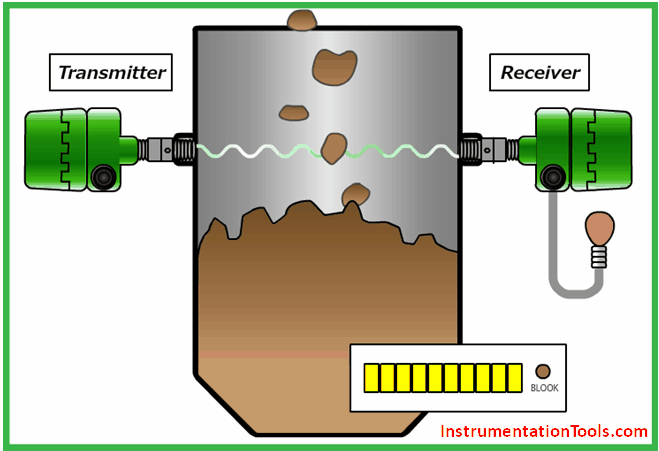

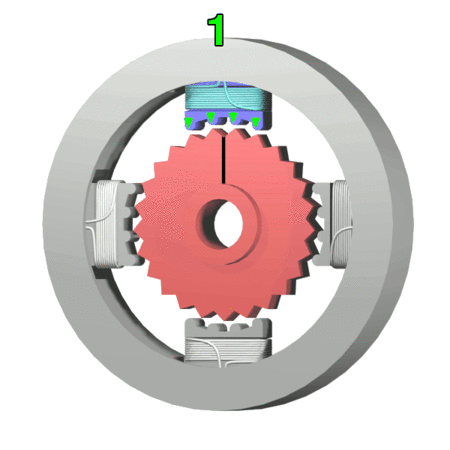
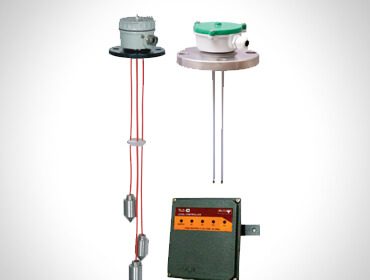
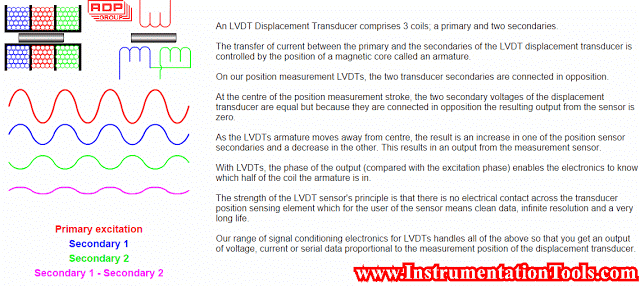

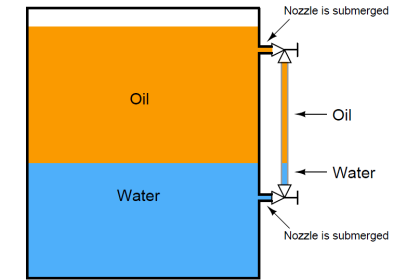
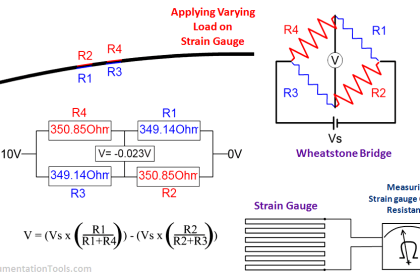


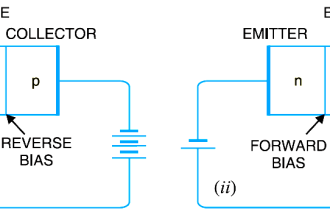
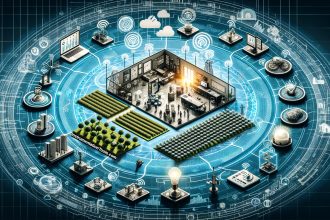
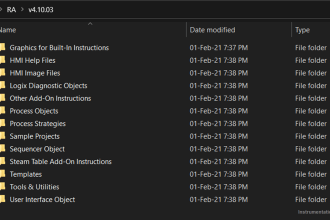
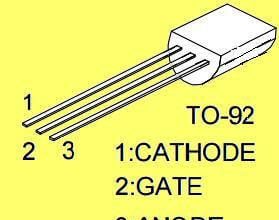

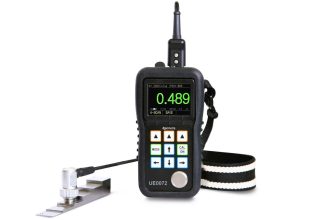
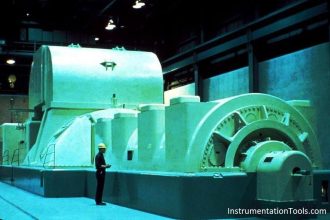


Thanks